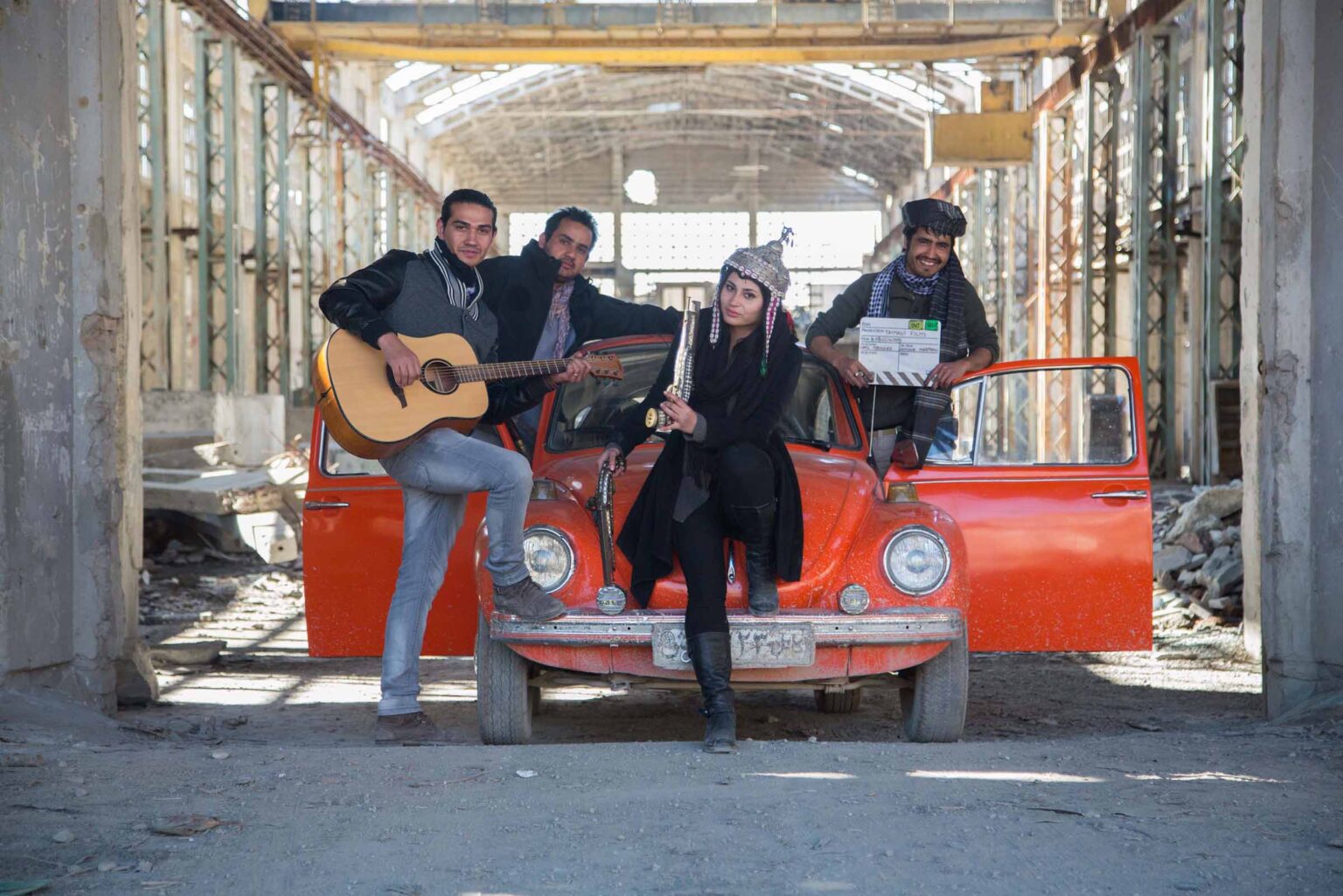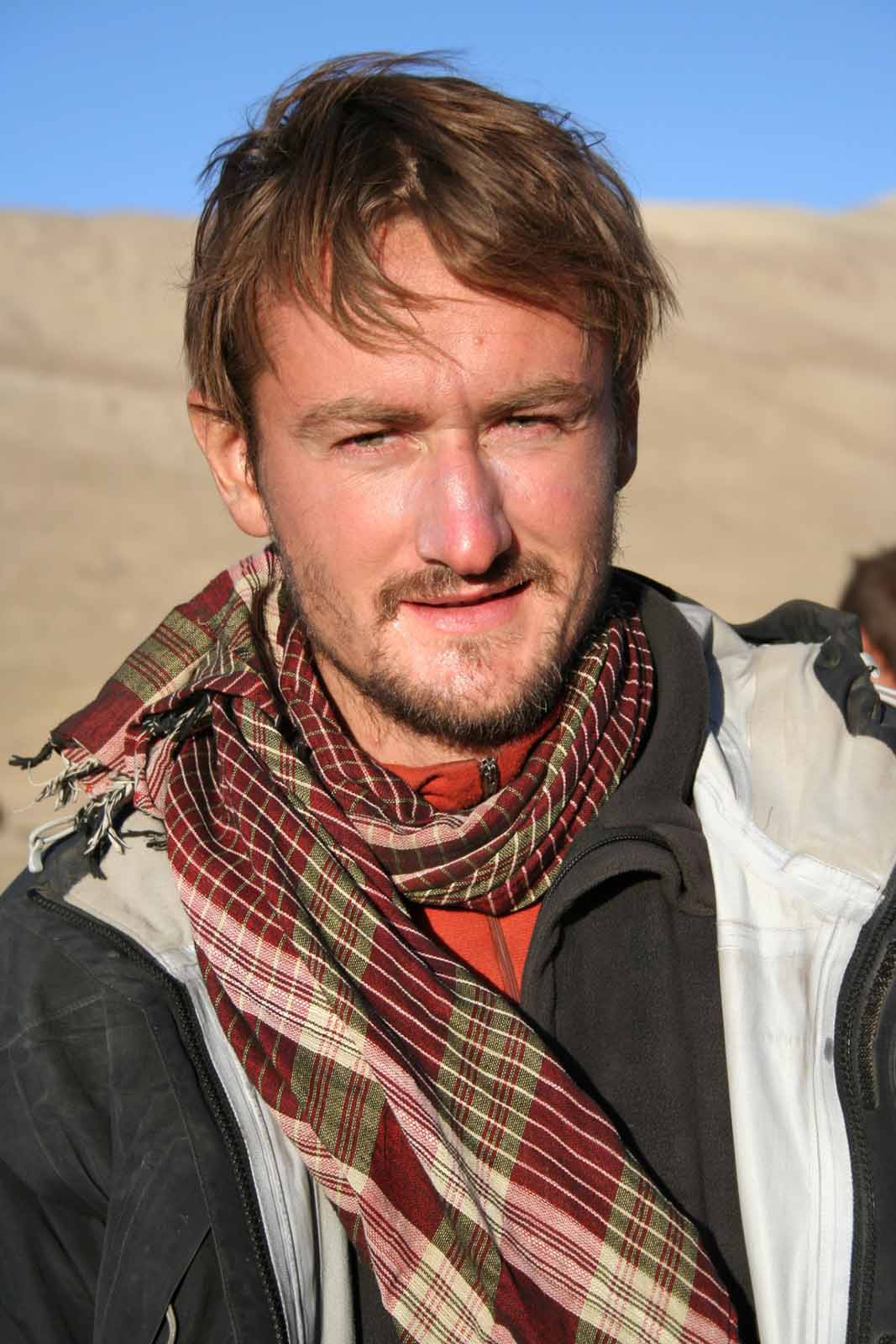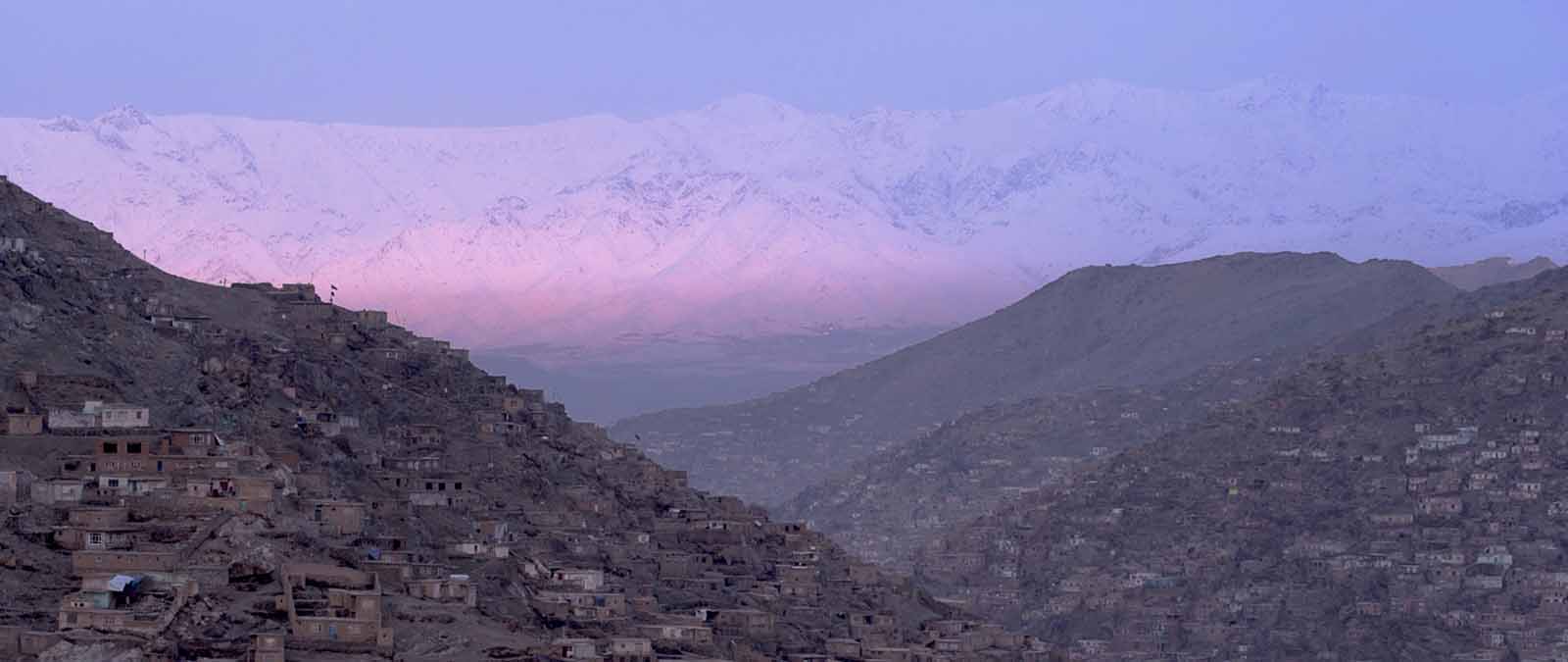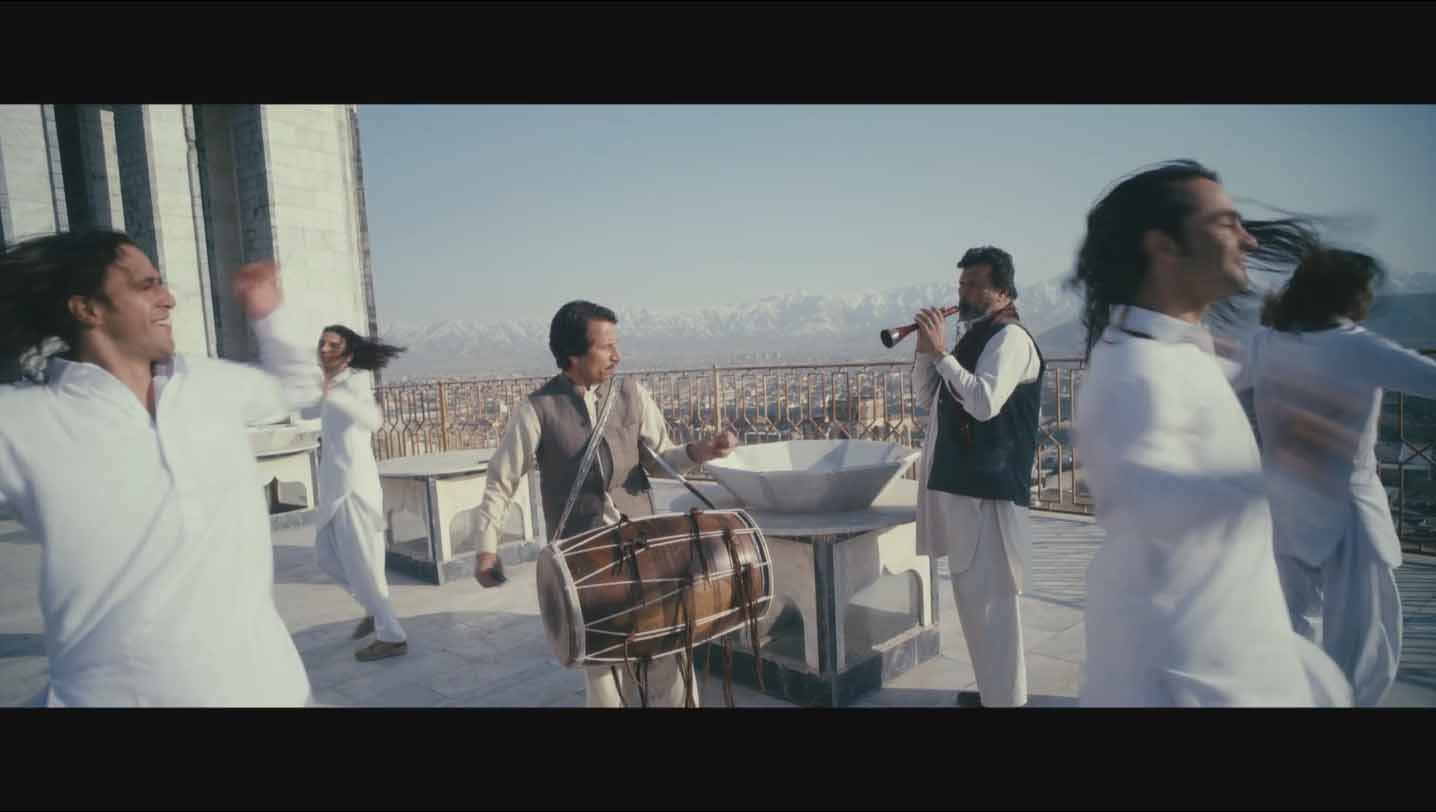
‘Kabullywood’: Hear from film director Louis Meunier on art in Afghanistan
Thanks to consistent wars in the Middle East and the Taliban, many only see Afghanistan as a third world country with nothing to offer the rest of the world. But in the eyes of director Louis Meunier, there’s beauty in the Afghan artists.
Kabullywood, his latest film, is a dramedy focused on a group of young artists trying to build a cultural centre in Kabul to not only heal the community, but protest against the constant violence. Based on the true story of the Aftaab Theater, Kabullywood is trying to show the world how art can be just as impactful as a protest.
While the true story had a not-so-happy ending, Meunier set out to try and give the artists he worked with a spotlight to show their talents. We spoke with the film director about his time in Afghanistan and why Kabullywood was such an important film to make.

How did you get attached to Kabullywood in the first place?
I first set foot in Afghanistan in March 2002. A humanitarian contract in hand, my plan was to participate in the reconstruction effort and discover a land whose beauty I had heard from journalists and travelers. I initially came for six months but I ended up spending ten years in Afghanistan. The end of the Taliban regime brought a lot of optimism to the Afghan people.
After 25 years of invasion, civil war and oppression, the world saw with relief the return of peace to Afghanistan. The newly installed democracy allowed the revival of cultural traditions and the emergence of a vibrant scene composed of artists of all kinds: musicians, painters, actors, dancers…

Among these artists I met with Aftaab Theater, a group of 14 actors who were expressing the hopes of their people with a moving sensibility. In 2008, we scouted Kabul together in order to identify a venue that could be used as a cultural centre and a place for artistic creation.
Unfortunately, the situation deteriorated, insecurity rose, artists became the targets of attacks and the cultural centre never opened. Because it proved difficult – if not impossible – to actually run a cultural centre in Kabul, I decided to do it symbolically, through a feature film. This is how I came up with Kabullywood, in order to bear witness to the life and struggles of Afghan artists…
Were you familiar with the Aryub Cinema before you started working on Kabullywood?
I knew the place had been a hotspot of the cultural activity of Kabul in the 1970’s, but I had never pushed its doors. When I first entered the cinema, I realized it was the perfect place for the film. It had miraculously survived 30 years of fighting.
It featured an auditorium seating 900, with an upstairs balcony, red-velvet seats, a golden curtain opening up to a huge screen. I decided to renovate the cinema during the production of the film, and eventually try to make a functioning cultural center once the shooting would be over. But things didn’t go according to plan…

Not many films are set in Afghanistan. Why did you feel it was important to keep the film set there?
Kabullywood was shot in the heart of Kabul in order to unveil an unknown facet of Afghanistan. We feared that shooting the film in another location, such as Tajikistan for example, would make us lose some authenticity. And above all, the film was meant to be an act of resistance against the looming return of the Taliban, so it couldn’t be fake, it had to happen in the middle of Afghanistan.
Why did you feel it was important to focus on the artists using theater to fight in the resistance?
The theatre is used as a metaphor for a place under attack, but more generally the message of the film is that when culture is under fire, the whole society collapses. Culture is what binds people, it is the history and customs a country has in common, it is a bridge between the past and the future.
We, in the Western world, take too often culture for granted. We don’t realize that culture is a daily battle that needs to be fought, in order to maintain strong ramparts against all forms of extremism. Artists stand on the frontline to make our rights prevail.
A large part of your motivation behind the film was showing how Afghan culture isn’t much different from the rest of the world. Do you think you achieved that during filming?
I hope so!
Similar to the resistance the young artists in Kabullywood face, you also faced hardships while filming. Could you talk about the difficulties you faced while filming?
Indeed… We were threatened by gun men, our house was riddled with bullets, we almost died in a fire, part of the team was injured in a bombing… and eventually the theatre we were refurbishing had to keep its doors closed.
This setback was a major disappointment, but at least the film is here to testify about the situation in Afghanistan. It bears testimony of the Afghan art scene – a unique cultural identity inspired by Bollywood music and films, Middle-Eastern lifestyle, Iranian culture and Western hip-hop…

What made you continue shooting even with so much danger around you?
What we experienced on the film set is actually what Afghan people are facing on a daily basis. They have to cope with fears and threats every single day.
Even with the danger you were put in to film Kabullywood, do you regret committing to such an important project?
No, I don’t regret anything. I just feel very relieved we all came out the shooting unharmed.
While on set filming Kabullywood, you wore many hats. How did you juggle so many responsibilities?
It was quite an intense experience, with very long working hours and only little sleep. But there was an amazing energy developing around the team, we all had the impression to do something extraordinary, to commit to a cause much larger than us. It gave us lots of stamina.

Why do you think it took so long for another international film to shoot in Afghanistan?
Shooting in Afghanistan is dangerous, you are very exposed, very visible, when you are on a film set 50 or 60 days in a row. It is hard to convince actors and insurers to follow you.
Do you think Kabullywood could change how the film industry looks at Afghanistan?
No, I don’t think so.
For people unfamiliar with Afghan culture, why should they watch Kabullywood?
Kabullywood is important to me because it sheds light on a place the world knows only through the prism of war. It reveals an unknown facet of the Afghan capital – far from the headline clichés of a city hopelessly locked in violence, sexism and fundamentalists.

What would you say your favorite part of the film is?
My favorite part is the opening of the cinema, because we struggled so much to capture it with our cameras – and because it carries joy and hope, although the cinema remains closed in reality.
What do you hope audiences take away after watching Kabullywood?
I hope they see that in some parts of the world, even a small action such as going to the theatre is an act of resistance.
Do you ever see yourself returning to the world of the Aftaab Theater again for a sequel?
Why not, I am ready for it!
Would you shoot future films in Afghanistan if possible?
I am actually preparing a documentary in Afghanistan, a piece about archaeology and the need to look at history in order to build the future.
For those looking to watch Kabullywood, where can they find the film?
The film is available in the UK on iTunes, GooglePlay, Amazon, and Microsoft.







